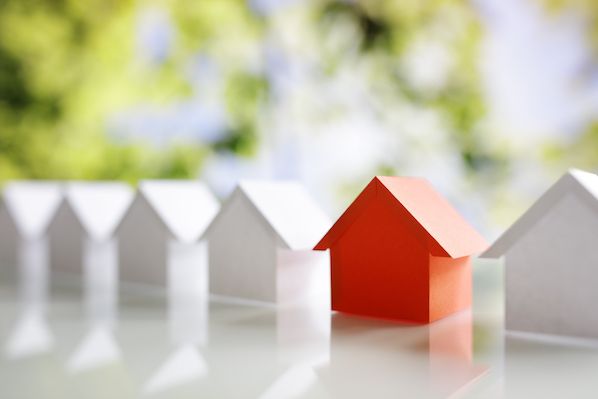Sustainable real estate is paving the way for a greener future, revolutionizing the landscape of properties worldwide. With a growing awareness of environmental concerns and the urgent need to mitigate climate change, the real estate sector is embracing sustainability as a core principle. This paradigm shift is not only driven by altruism but also by economic viability and regulatory requirements. One of the key pillars of sustainable real estate is energy efficiency. Buildings are significant contributors to greenhouse gas emissions through energy consumption for heating, cooling, lighting, and appliances. Sustainable real estate seeks to minimize this impact by integrating energy-efficient technologies and practices. This includes the use of renewable energy sources such as solar panels, geothermal heating, and wind turbines to power buildings, reducing reliance on fossil fuels and lowering carbon footprints. Moreover, sustainable real estate emphasizes resource efficiency in construction and operation. This involves using eco-friendly building materials, such as recycled steel, reclaimed wood and low VOC paints, which minimize environmental impact and promote healthier indoor air quality.

Additionally, sustainable buildings are designed to optimize water usage through features like rainwater harvesting systems, greywater recycling, and efficient plumbing fixtures, thus conserving precious water resources. Beyond energy and resource efficiency, sustainable real estate prioritizes resilience and adaptability in the face of climate change. Buildings are increasingly designed to withstand extreme weather events, such as hurricanes, floods, and heatwaves, through robust construction techniques and integrated disaster preparedness measures. Furthermore, sustainable real estate incorporates green infrastructure elements like green roofs, permeable pavements, and urban forests, which not only enhance biodiversity but also mitigate urban heat island effects and reduce stormwater runoff. Furthermore, sustainable real estate encompasses social sustainability, promoting equitable and inclusive communities. This involves incorporating features like mixed-income housing, accessible design, and community amenities that foster social interaction and well-being.
Sustainable developments also prioritize transportation connectivity, with pedestrian-friendly designs, bike lanes, and access to public transit, reducing reliance on cars and promoting active lifestyles. In addition to the environmental and social benefits, sustainable real estate offers significant economic advantages and learn more. Green buildings typically command higher property values, lower operating costs, and higher occupancy rates, as tenants and investors increasingly prioritize sustainability. Furthermore, sustainable real estate projects often qualify for financial incentives, such as tax credits, grants, and preferential financing, which further enhance their attractiveness and viability. Sustainable real estate is reshaping the future of properties by integrating environmental, social, and economic considerations into every aspect of development and operation. By embracing sustainability, the real estate sector not only contributes to global efforts to combat climate change but also creates healthier, more resilient, and vibrant communities for generations to come.